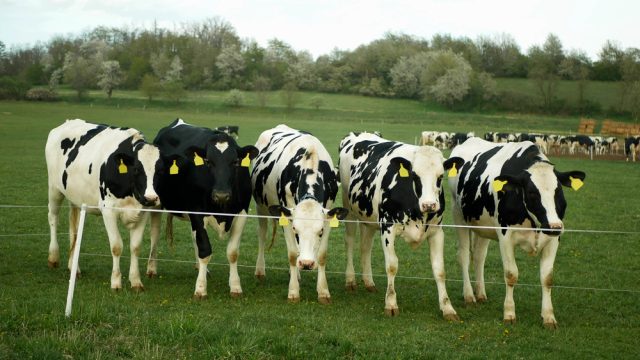
The EU’s agricultural sector is set to face both old and new foes in the upcoming summer months. Increasing food price inflation, the ongoing Russian-Ukrainian war, and a push for “sustainable” agriculture will continue to challenge the sector’s ability to sustain their livelihoods and more widely, the EU’s food sovereignty.
The industry is set to face new hurdles in the form of adverse weather conditions and the potential effects of the fall of the Black Sea Grain Initiative (BSGI). In all, and despite the positive outlook expressed by the Commission in its latest “Short-term Outlook for EU agricultural markets in 2023”, one must not lose sight of the challenges that the sector will continue to face.
The European Commission’s publication presents a general sector-by-sector overview of the latest trends and prospects for agri-food markets. In July, it published its analysis and conclusions for the sector of the first quarter. In terms of arable and specialized crops, the report concluded that EU cereal and oilseed production could increase in 2023/24, by 5% and 8% respectively. Moreover, EU exports of cereals are expected to grow 6%, whilst EU imports of Ukrainian cereals decline 35% from record levels reached in 2022/2023. This latest decline has largely been due to the increase in domestic production. The sugar sector is experiencing record prices, although domestic production is lower by 12%, whilst EU consumption remains stable with imports increasing. However, the Commission expects a drop in cereal yields due to weather developments in spring.
Analysis and predictions for the animal product sector are a bit grimmer, especially for beef and dairy production. Without going further, beef production is expected to decrease by 2%, even with its current high prices. Similarly, EU pig meat production is expected to reduce by 5,5% due to a small breeding herd as well as the outbreak of African Swine Fever (ASF). EU milk deliveries in 2023 could be 0.2% lower than last year as slaughtering will likely increase over the summer.
Nonetheless, the Commission has been able to observe some positive trends, including a potential growth of 2.4% in poultry production. Also, EU exports of skimmed milk powder, butter, and whey products increased respectively by 33%, 11%, and 5% during the first three months of the year, which could also have a positive impact on expected export recovery. Principally, the Commission expressed its confidence in the sector, arguing that the agricultural industry remains stable, and food availability is not at risk in the EU.
Nevertheless, the sector continues to face key issues that temper the positive outlook and question the extent to which farmers and consumers are seeing any improvements. On one side, inflation in the Eurozone is expected to reach 5.4% in 2023, with food inflation being responsible for an increase of 39% of food prices at the consumer level. Moreover, the continuing conflict in Ukraine prevents any lowering of the input and fixed costs assumed by farmers themselves, and with no apparent end in sight, it points to a bleak future in terms of improvement. However, farmers are showing themselves quite resilient and adaptable which may bring some hope for the future. Lastly, the agriculture sector continues to face a key issue: the European Commission’s unwillingness to ease Common Agricultural Policy (CAP) requirements related to environment and sustainability. Mainly, the Commission’s refusal to allow farmers to grow on fallow land or buffer strips, to name a few, in the name of building a “resilient agriculture”, leaves farmers stranded in the face of the decreasing crop yields following the drought and adverse weather conditions.
Worse off, the sector is facing a new set of issues that put in question the positive outlook of the Commission. The sector’s production is being primarily hampered by ongoing adverse weather conditions. For instance, high temperatures experienced this summer have significantly affected summer crops like maize, soybeans, and sunflower. Furthermore, the sector could face a new set of difficulties related to the fall of the Black Sea grain deal and its result on global food prices. Nevertheless, it’s far too soon to tell its effects and the positive tendencies identified by the Commission bring some hope for the future. In any case, we must not lose sight of the challenges that the sector faces and work towards equipping the sector’s critical actors with the necessary tools to face them.



 Subscribe
Subscribe